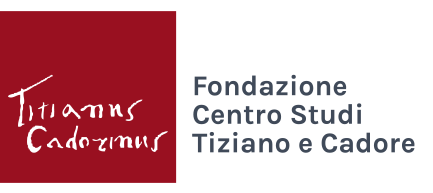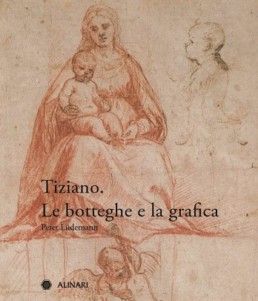Tiziano. Le botteghe e la grafica
Alinari Editore
Year of publication: 2016
Pages: 288
Free delivery in Italy, payment on delivery abroad
Despite his relatively small output of graphics, Titian was an exceptional draftsman, as his circa forty sheets of undoubted authorship confirm. However, how did drawing serve his art in general, and especially within the context of his family-run enterprise, rightly defined as a true “image factory,” which he wanted to establish from his beginnings as a painter?
To provide answers to this question, which until now have never been thoroughly and systematically addressed, attempts have been made to avoid the pitfalls of a purely attributive discourse, instead shedding light on a series of particularly significant episodes throughout Tiziano’s extraordinary career of over half a century.
Thus, we discover that at first Vecellio rarely resorted to drawing when preparing his frescoes on canvas or wood, rather using it for less obvious and more autonomous tasks.
Sometimes, he drew to prepare models for complex engravings, created thanks to the extraordinary technical skills of assistants such as Marcantonio Raimondi and Giulio Campagnola, and for ambitious woodcuts such as the gigantic Triumph of Christ. He also used it to create a new type of self-contained artwork, carefully balanced landscape compositions, often entrusted to the talented, youthful Domenico Campagnola and intended to meet the demand created by the growth of private collecting.
The period of maturity, when Tiziano, especially as a portrait painter, became the favoured painter of the courts of the whole of Catholic Europe, may initially seem less interesting. However, the impression that this role led him to decrease his involvement in print production and adopt a more conservative approach to drawing, mainly used as a design tool, is indeed misleading. Upon closer examination, it becomes clear that his commitment to graphic work, including his probable participation in the illustrative work for Andrea Vesalius’ anatomical treatise, does not fall from prominence but becomes increasingly intertwined with his comprehensive entrepreneurial plans aimed at gaining the favour of patrons such as Pope Paul III Farnese and his family, as well as the Habsburg monarchs Charles V and Philip II.
Even in the last decades of his life, Tiziano remains faithful to this interest, primarily concerned with securing a future for the workshop and his second-born son, Orazio, and regaining control over the production of prints based on his works, some of which were without doubt obtained through more or less clandestine means from various, sometimes unscrupulous engraving specialists such as Giulio Bonasone, Jacopo Caraglio, Giulio Sanudo, Giovanni Battista and Giulio Fontana. Whilst the engravings produced in a real business partnership with the Dutchman Cornelis Cort, with a multitude of significant variations of celebrated paintings by the elderly Vecellio, were obviously aimed at these shared objective, together with them, however, are some drawings that, like the great pictorial masterpieces, fall among the most personal and poignant creations of the old artist.

